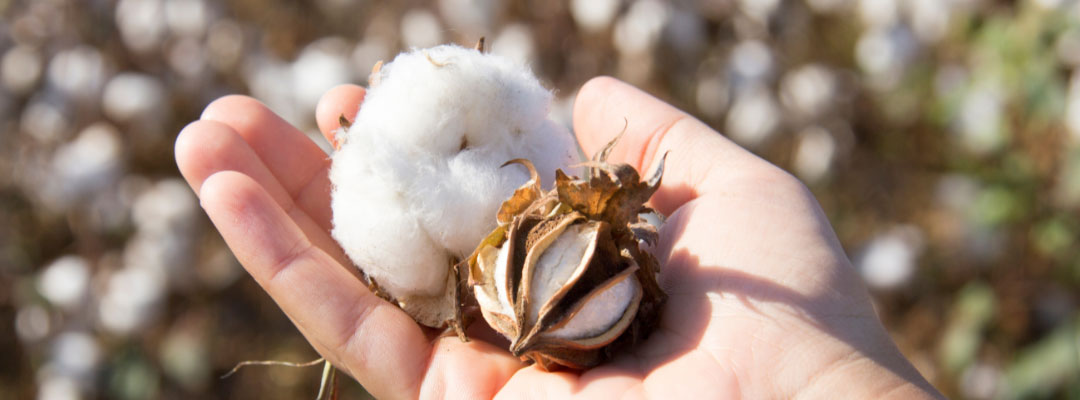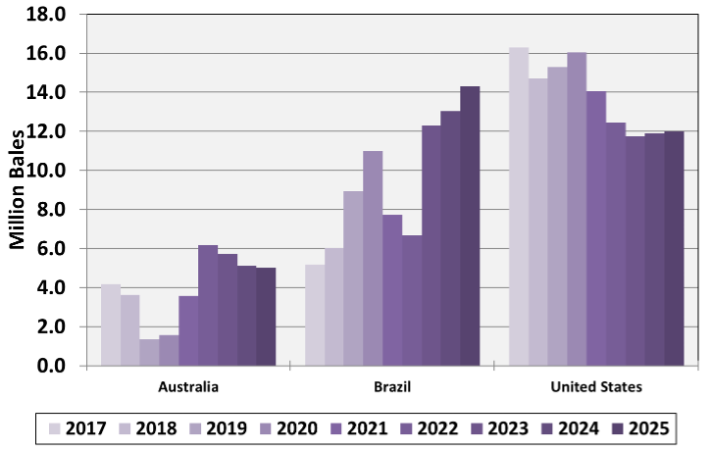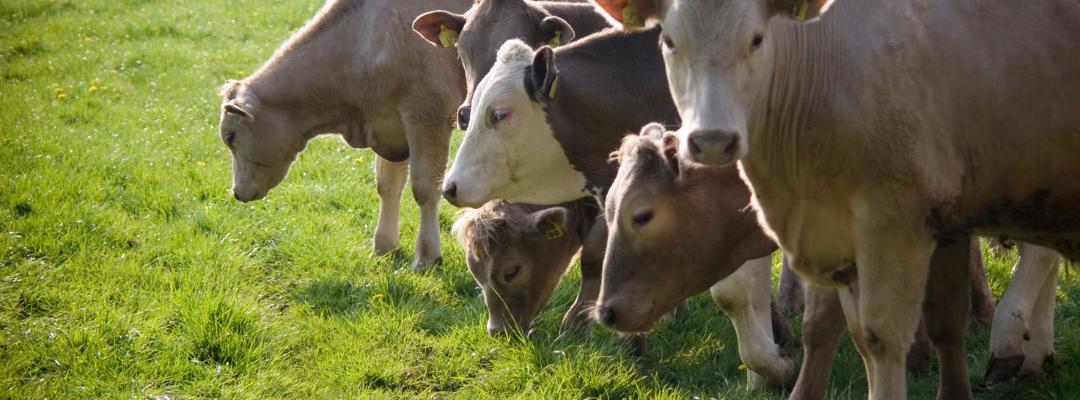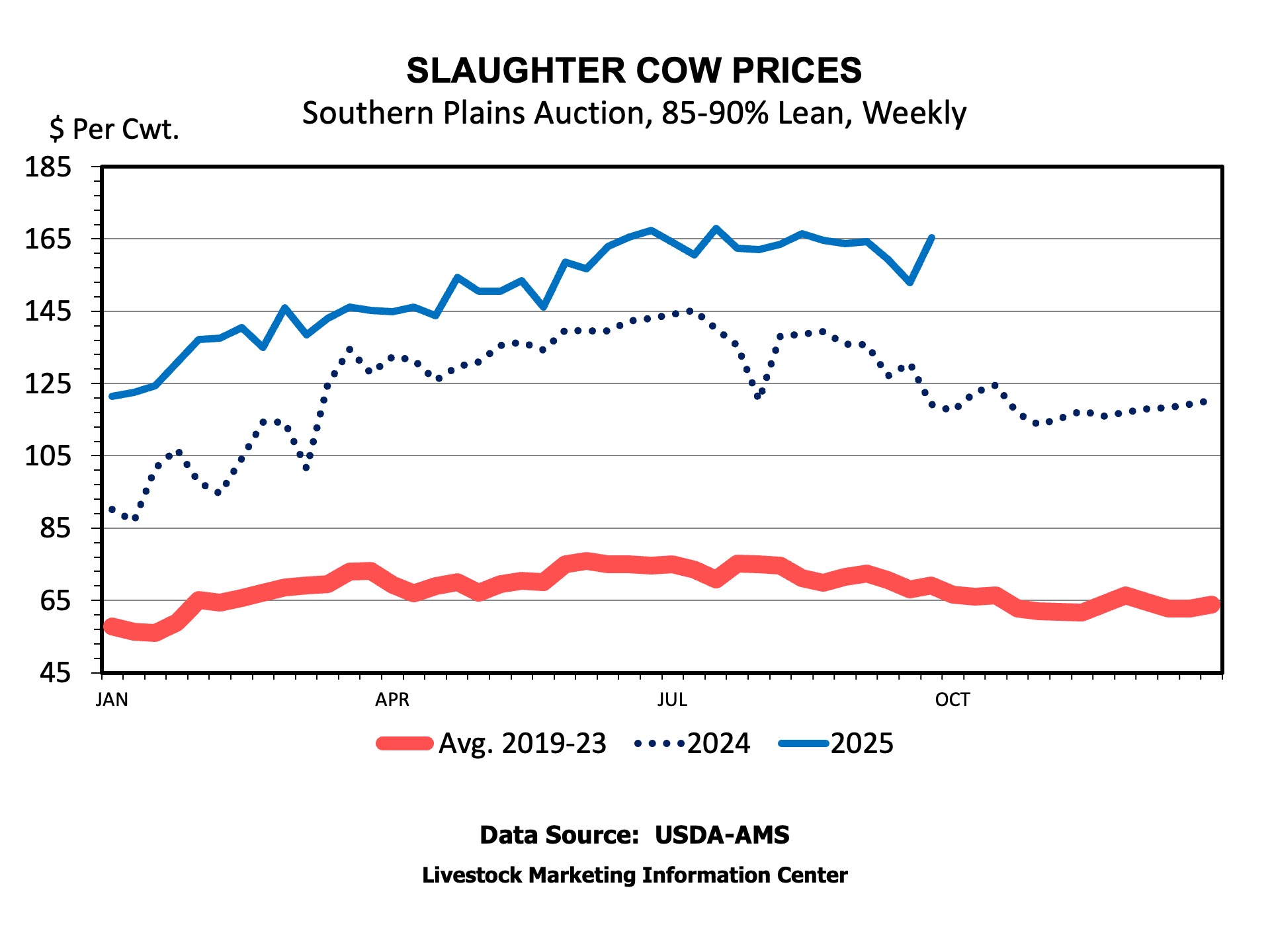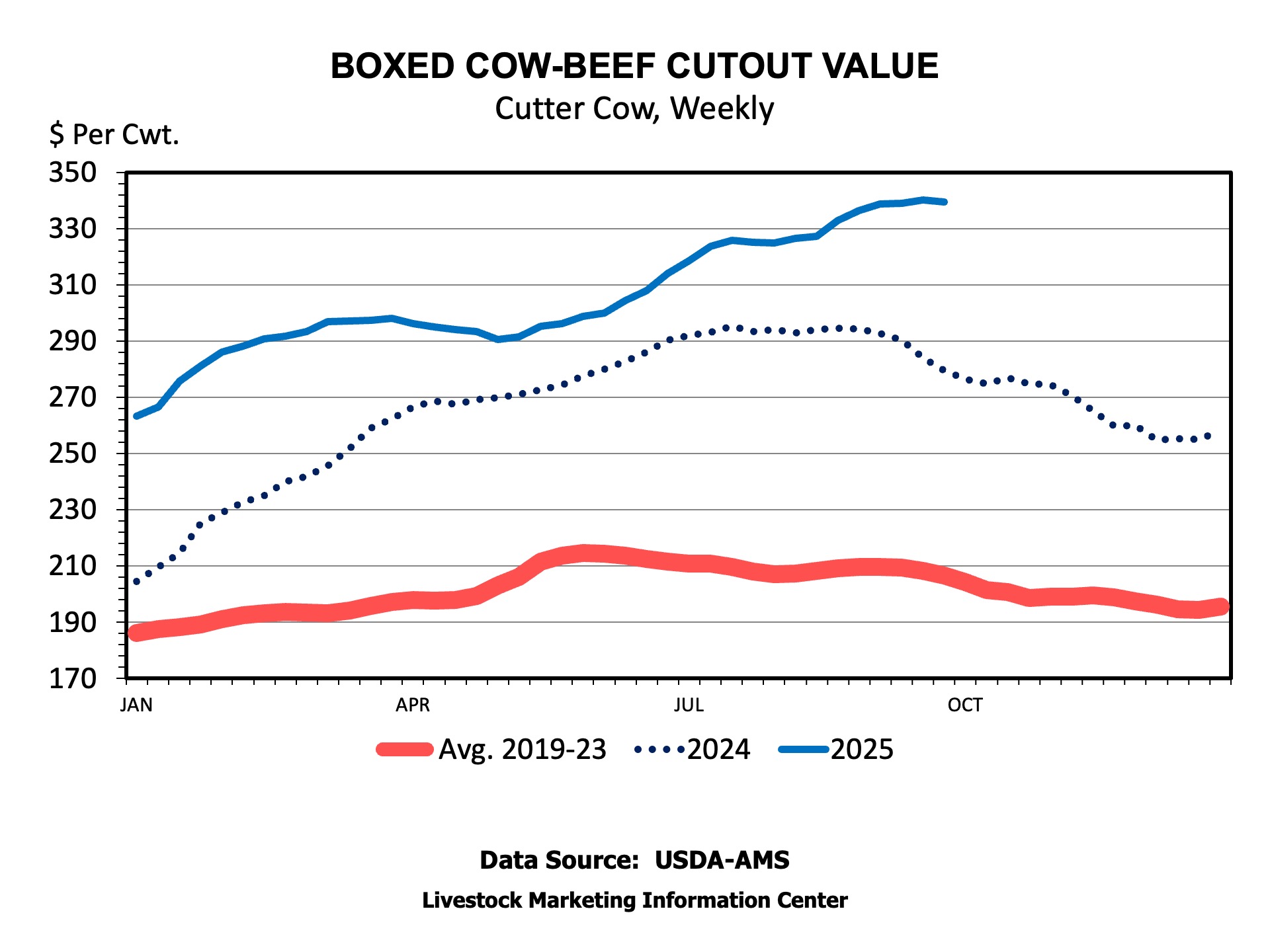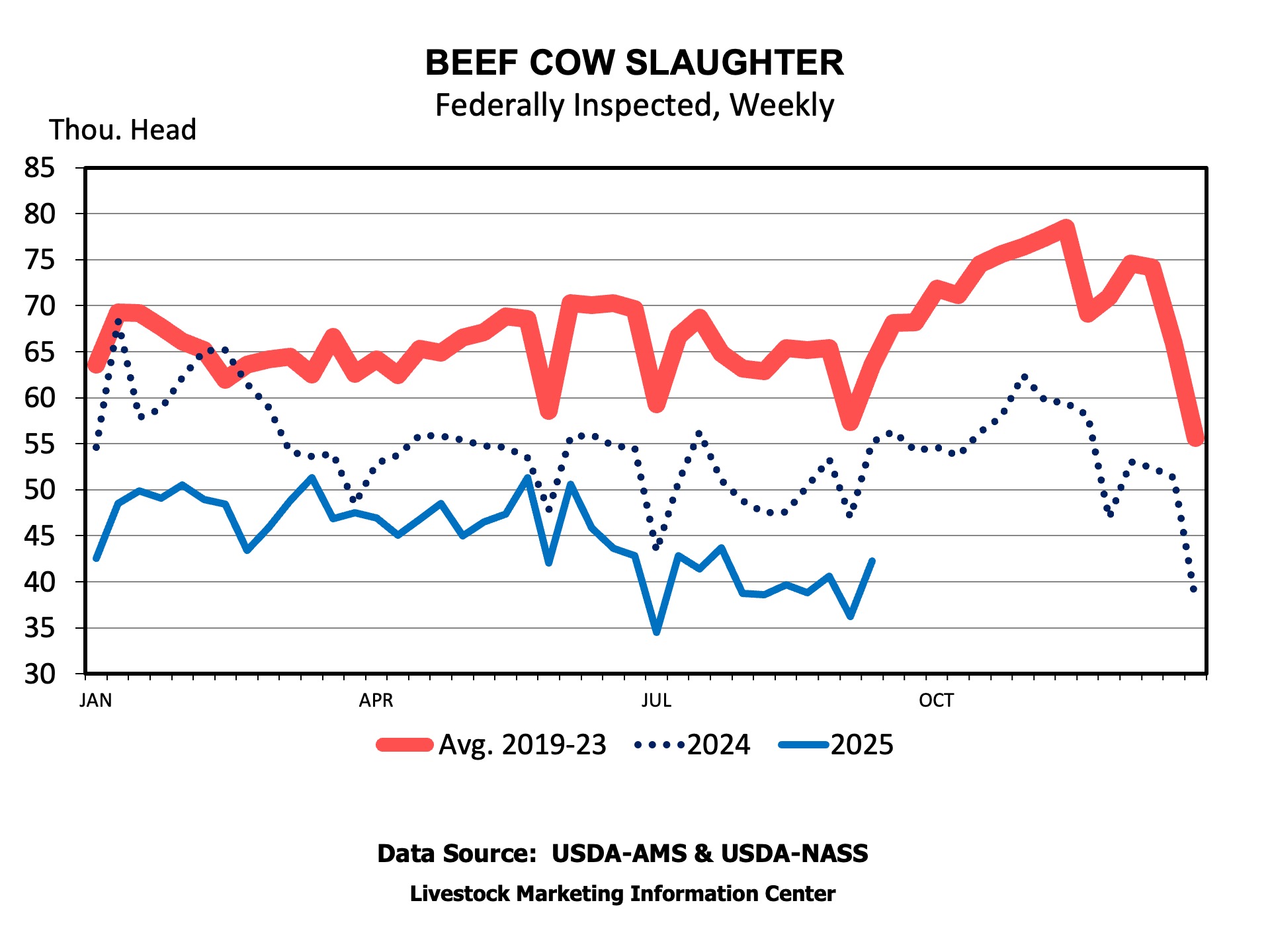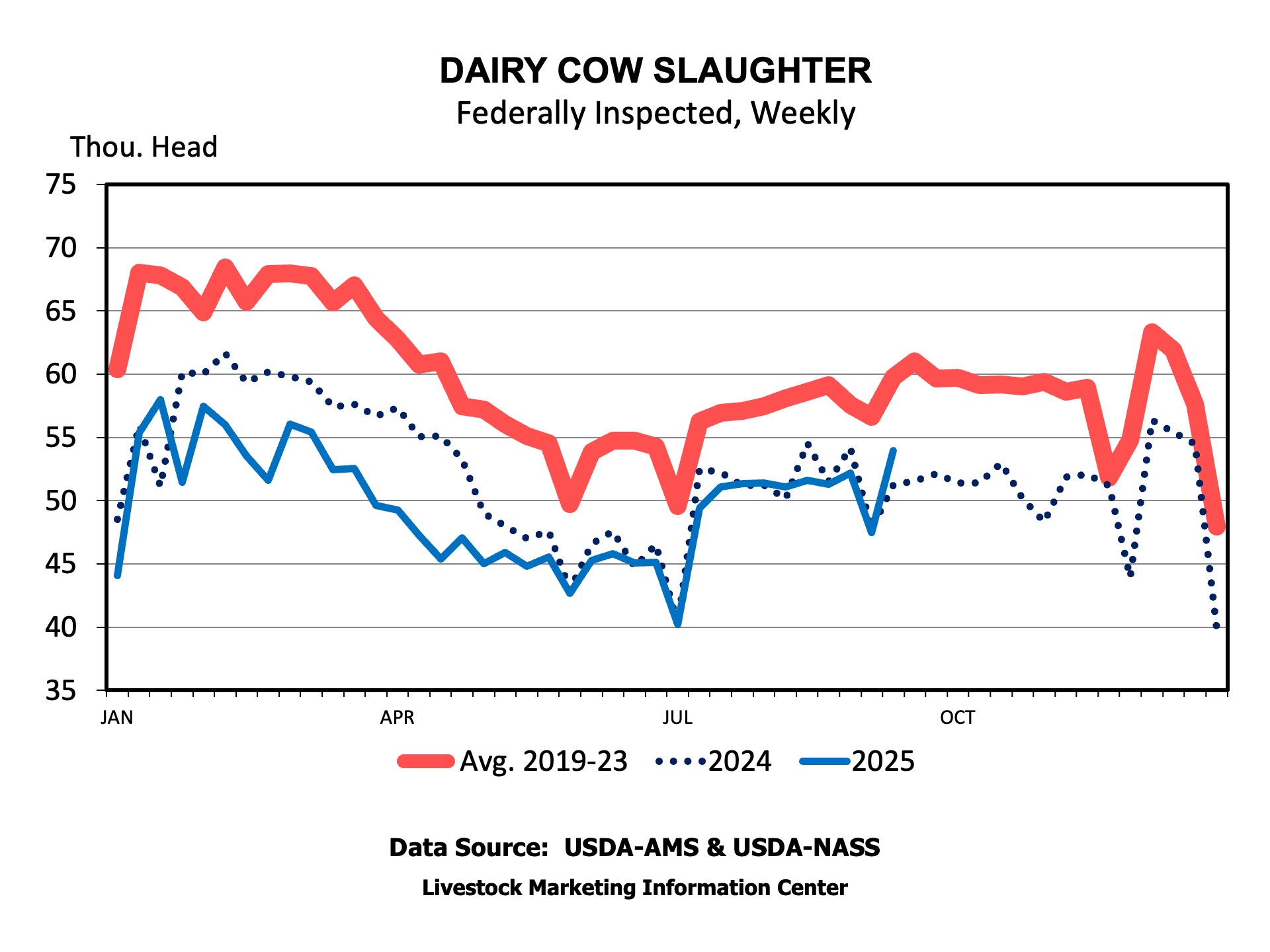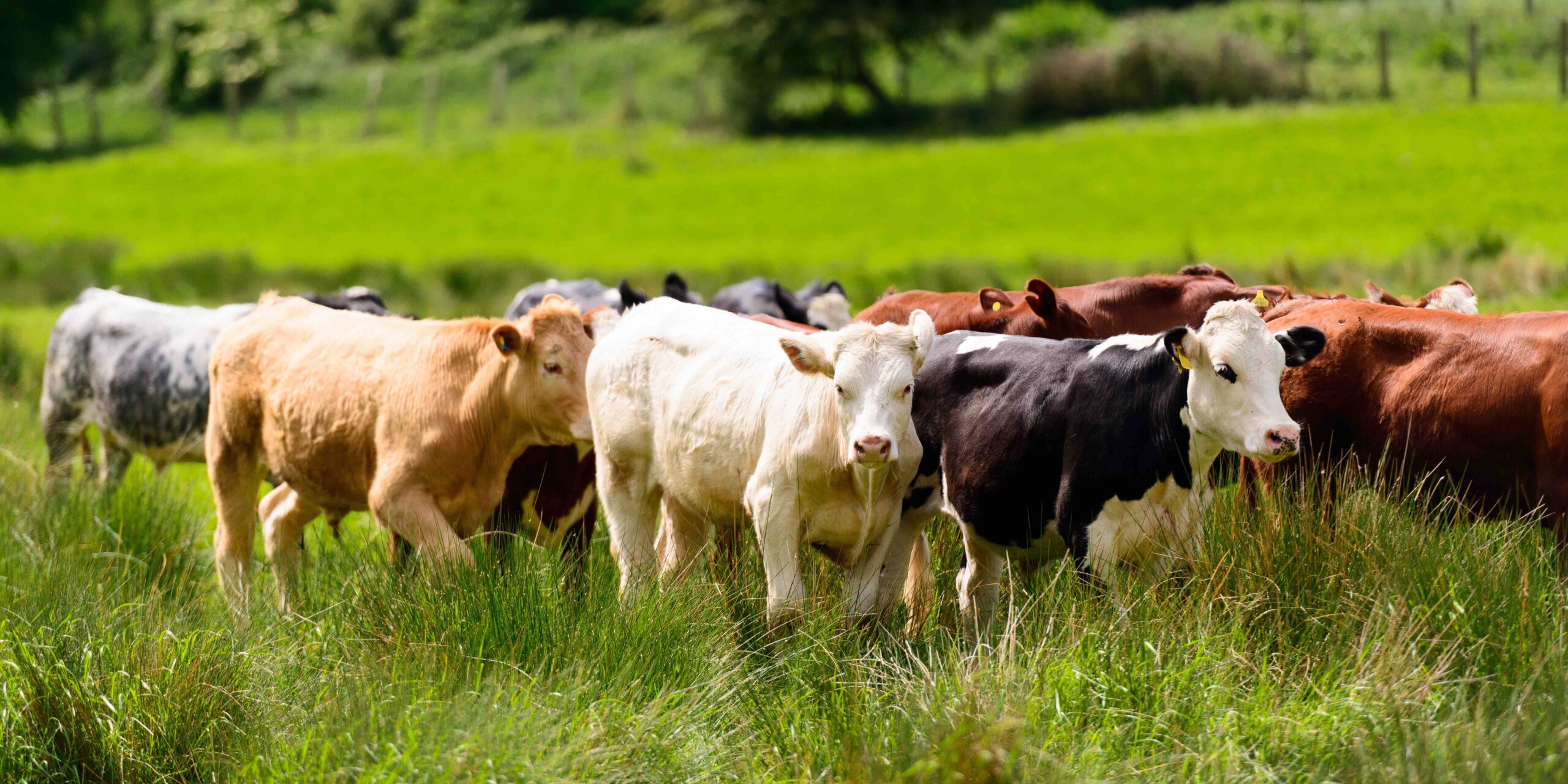You have been elected to the board of directors, and now what? Gaining some confidence as a new director can be as simple as asking important questions. This is a brief dive into your fiduciary duties and role as a director of a cooperative with a focus on the questions you should be asking. But first, what are fiduciary duties?
Fiduciary Duties
In simple terms, a fiduciary is someone who is entrusted to act on behalf of another. As a director of your cooperative, you have been given authority to act on the behalf of cooperative members. There are specific duties associated with this role. Some of them include:
The Duty of Loyalty
Acting in unity with the best interests of the cooperative and its members.
The Duty of Care
Exercising reasonable care, skill, and diligence in carrying out your responsibilities.
The Duty of Good Faith
Acting honestly and fairly in your dealings with the cooperative and its members.
The Duty of Confidentiality
Keeping confidential all information related to the cooperative and not using that information for personal gain.
Your role as a director
Your role as director is to represent the interests of the cooperative members, and to represent the interests of the cooperative itself. As a director, your role is limited to a few general things.
- Hire and evaluate a manager (and then get out of the way).
- Establish policies to protect the cooperative, its assets, and its employees.
- Engage professional services needed by the cooperative such as a lawyer or auditor.
- Ensure accountability for the proper use of cooperative assets.
- Provide strategic direction.
Some questions for self-reflection
Let’s consider some questions that might help you stay aligned with your fiduciary and board responsibilities. During board discussions, you might ask yourself:
- Is this a topic for board discussion, or is it the responsibility of management?
- How will this decision affect our members?
- Is this decision fair to all members?
- Do we fully understand the facts about this issue?
- Have we verified this information?
- Is there anything about our decision that might have the appearance of something illegal or unethical?
- Is this something that should not be discussed outside the boardroom?
Some questions to improve board discussions
The best boards are the ones that engage in a lot of discussion. If your board meetings feel repetitive, or methodical, or if you feel like your board is in a rut, simply approving what is presented, consider asking some of these questions.
- Does this support the mission of the cooperative?
- Why does our cooperative exist?
- What does our cooperative do better than competitors?
- Why should someone be a member of our cooperative?
- What are the financial trends of our cooperative, and how do they compare to our industry?
- Are we profitable?
- Are we efficient?
- Are we adding value to member investments?
- Are we taking unusual risks (including the status of our accounts receivable)?
- Are we replacing and protecting assets?
- What are the forces that impact profitability in our industry, and how can we counteract them?
- How can we avoid price competition with rival firms?
- Is it likely that new firms could enter our industry?
- Could our core business be replaced by firms or technologies from other industries?
- Do our suppliers have power over prices?
- Do our buyers have power over prices?
The most common advice that veteran directors offer new directors is to ask lots of questions. It’s natural to feel reluctant to ask questions. Maybe you are embarrassed to ask something simple, or you are afraid to appear inexperienced. But your questions are likely in the minds of others as well. The answers to these questions will generate discussions that strengthen board connections and overcome groupthink. The questions presented here will help new directors to become more confident in their duties, and boards to become more progressive and effective.
Park, John. “Asking the Right Questions: Fulfilling Your Duty on the Cooperative Board of Directors.” Southern Ag Today 5(41.5). October 10, 2025. Permalink



